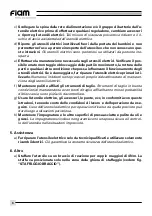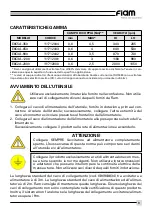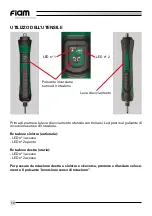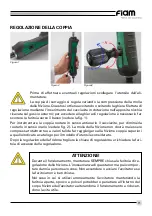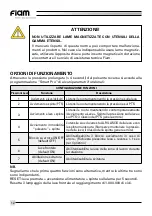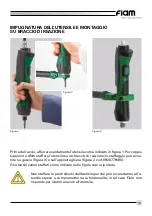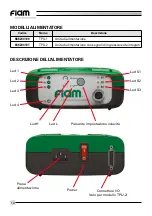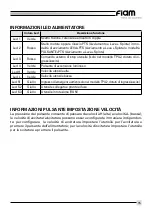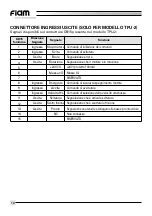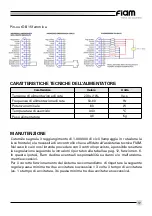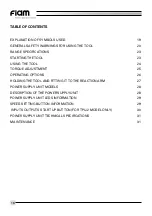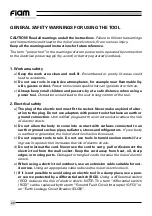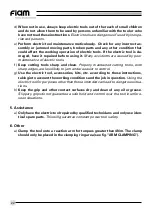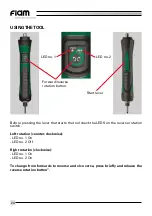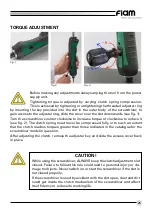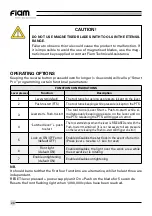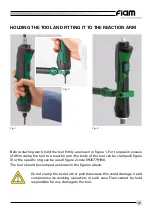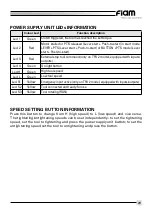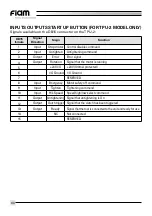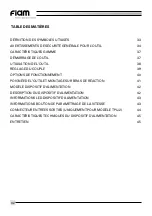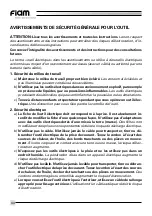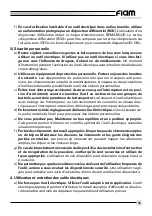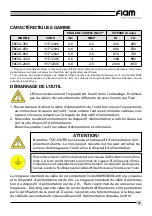
22
d) When not in use, always keep electric tools out of the reach of small children
and do not allow them to be used by persons unfamiliar with the tool or who
have not read these instructions.
Electric tools are dangerous if used by inexpe-
rienced persons.
e) Perform electric tool maintenance meticulously. Check for any incorrect as-
sembly or jammed moving parts, broken parts and any other condition that
could affect the working operation of electric tools. If the electric tool is da-
maged, have it repaired before using it.
Many accidents are caused by poor
maintenance of electric tools.
f) Keep cutting tools sharp and clean.
Properly maintained cutting tools, with
sharp edges, are less likely to jam and are easier to control.
g) Use the electric tool, accessories, bits, etc. according to these instructions,
taking into account the working conditions and the job in question.
Using the
electric tool for purposes other than those intended can lead to dangerous situa-
tions.
h) Keep the grip and other contact surfaces dry and clean of any oil or grease.
Slippery grips do not guarantee a safe hold and control over the tool in unfore-
seen situations.
5. Assistance
a) Only have the electric tool repaired by qualified technicians and only use iden-
tical spare parts.
This will guarantee constant power tool safety.
6. Other
a) Clamp the tool onto a reaction arm for torques greater than 4Nm. The clamp
should only be placed in the clamping ring area (see fig. “ARM CLAMPING”).

